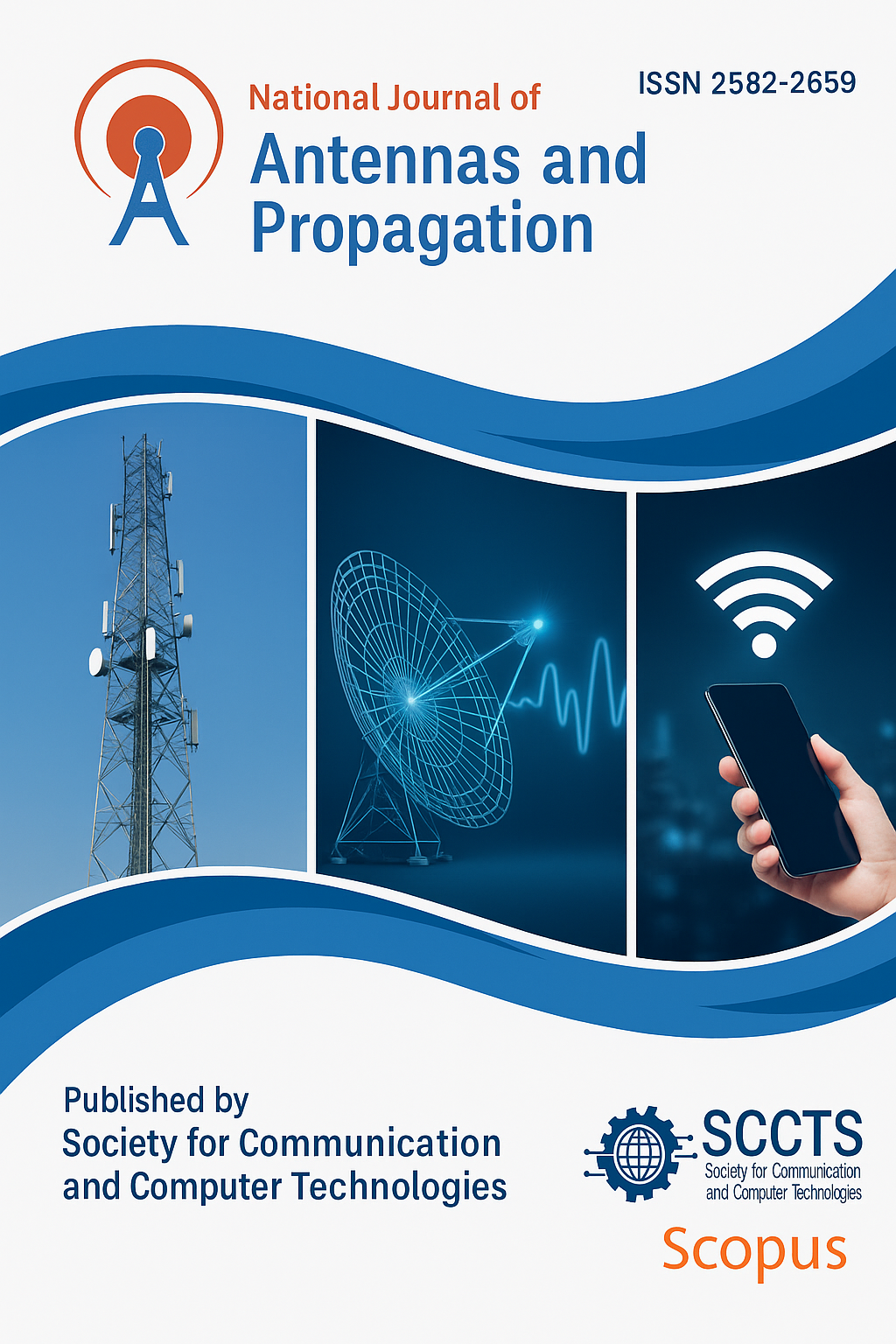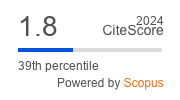Development of Highly Reconfigurable Antennas for Control of Operating Frequency, Polarization, and Radiation Characteristics for 5g and 6g Systems
DOI:
https://doi.org/10.31838/NJAP/06.01.05Keywords:
Design of Antennas; Tuning the antenna; Polarization; Radiation Pattern; Wireless Transmission.Abstract
Considering 5G as well as the upcoming 6G applications where the demands are transient in nature and have different frequency, polarization as well as radiation characteristics, the design of tunable antennas is very important. This research targets to design new
architectures for antennas which means that the created antenna architecture can change selected parameters during operation in order to provide better performance. Several techniques that cover materials; electronic switching; and array configurations involve
reconfigurable concepts where antennas can change their operation from one frequency to another, or alternatively from vertical to horizontal polarization, or vice versa, or indeed change their radiation patterns that are tailored to a specific communication
environment. Using phase shifting, MEMS, software defined radio principles, our designed concepts shall strive to improve spectral efficiency, reduce interferences and come up with better experience in diverse communication scenarios. They also describe how these adaptive features transition to alter essential parametric considerations, such as gain, bandwidth, and beamwidth as validated through simulations and experiments. As reported by the outcomes the general approach of the suggested tunable antennas is highly adaptive and robust in responding to the novel fluctuating conditions in the network and the users’ dynamic demand. This study helps to progress the later generations of wireless communication technology addressing the needs and providing the way for development of smart and adaptive antennas on the basis of the prospects and goals of 5G and 6G networks.











